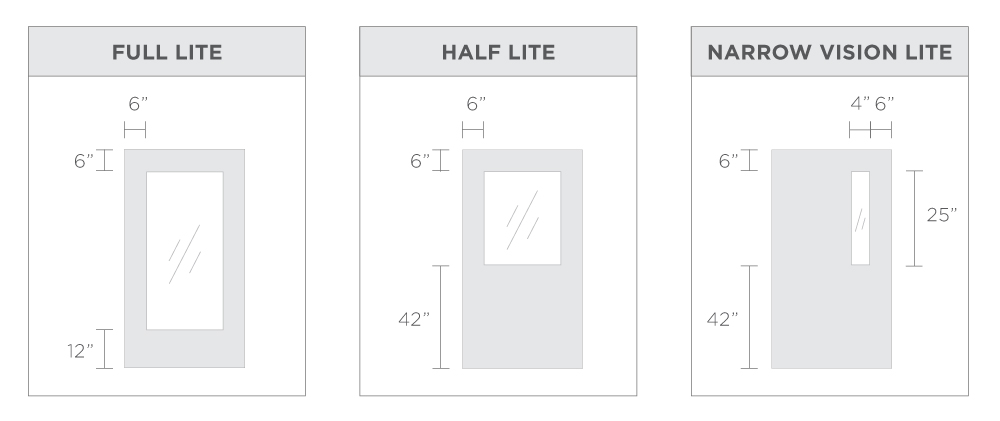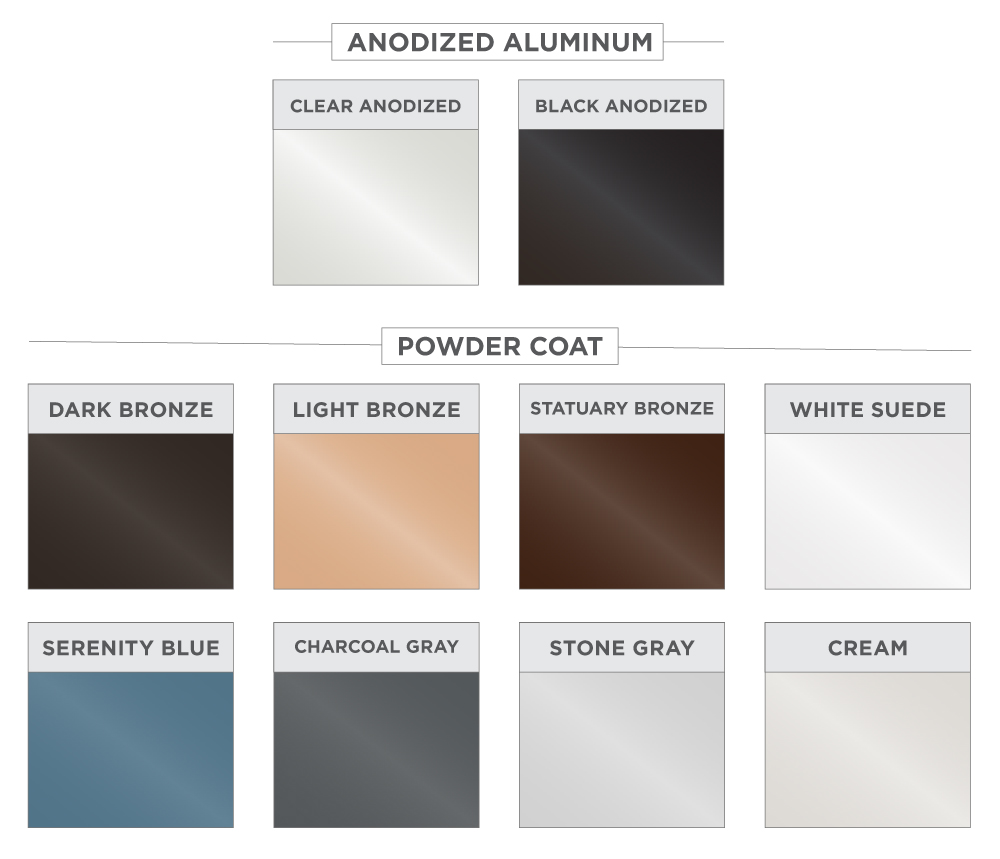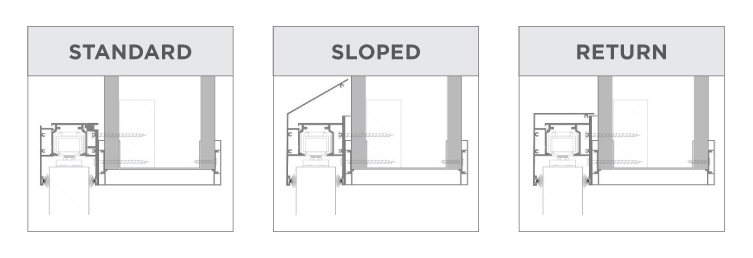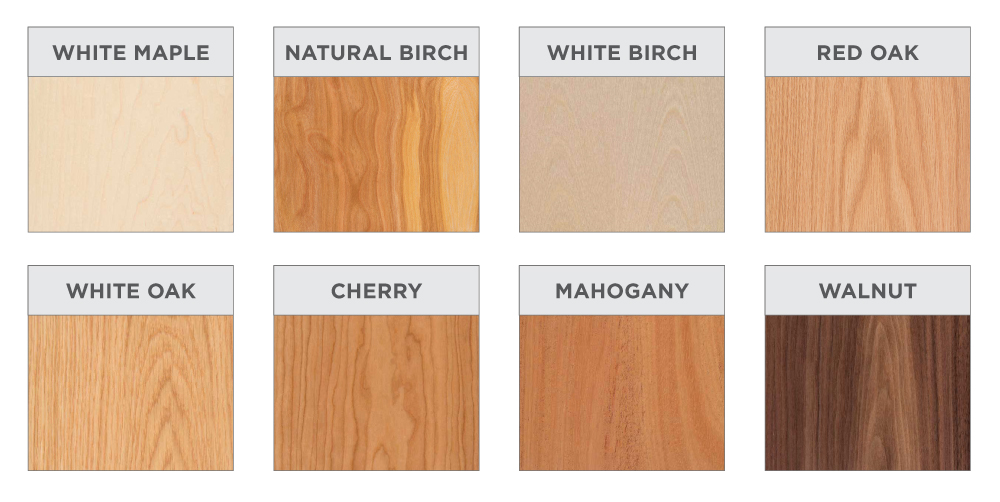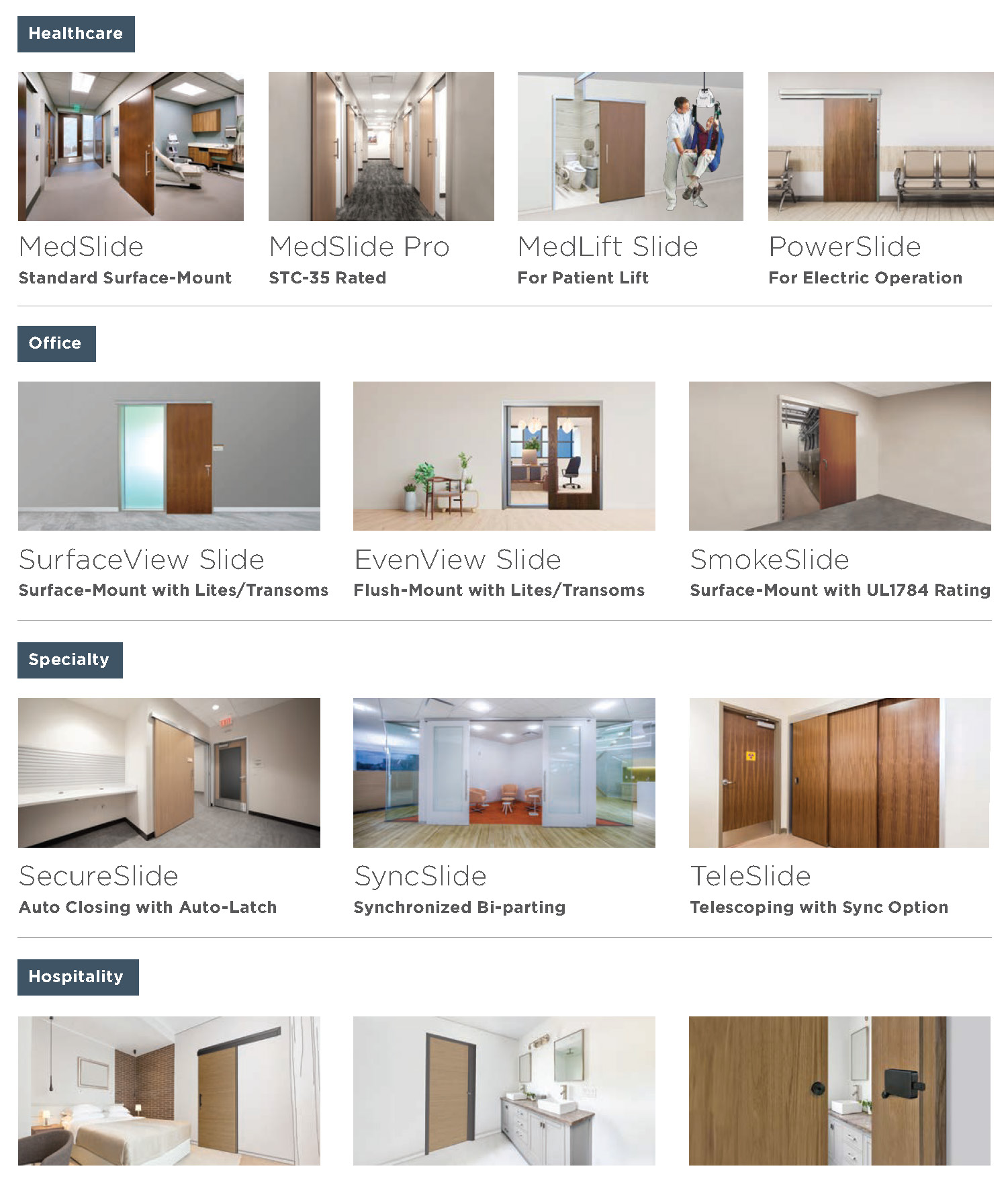7 Key Insights to Choosing the Best Medical Sliding Doors for Your Facility
When it comes to creating a safe and efficient healthcare environment, the importance of choosing the right medical sliding doors cannot be overstated. These doors not only facilitate seamless access for patients and staff but also enhance the overall functionality of medical facilities. With the increasing demand for streamlined operations in hospitals and clinics, understanding the key aspects of medical sliding doors becomes crucial for administrators and facility managers.
In this blog, we will explore seven key insights that will guide you in selecting the best medical sliding doors for your facility. From considerations of safety and accessibility to design and technology features, these insights are designed to help you make informed decisions that align with the needs of your healthcare environment. By prioritizing the right medical sliding doors, you can significantly improve traffic flow, maintain hygiene standards, and ultimately provide a better experience for patients and healthcare professionals alike.
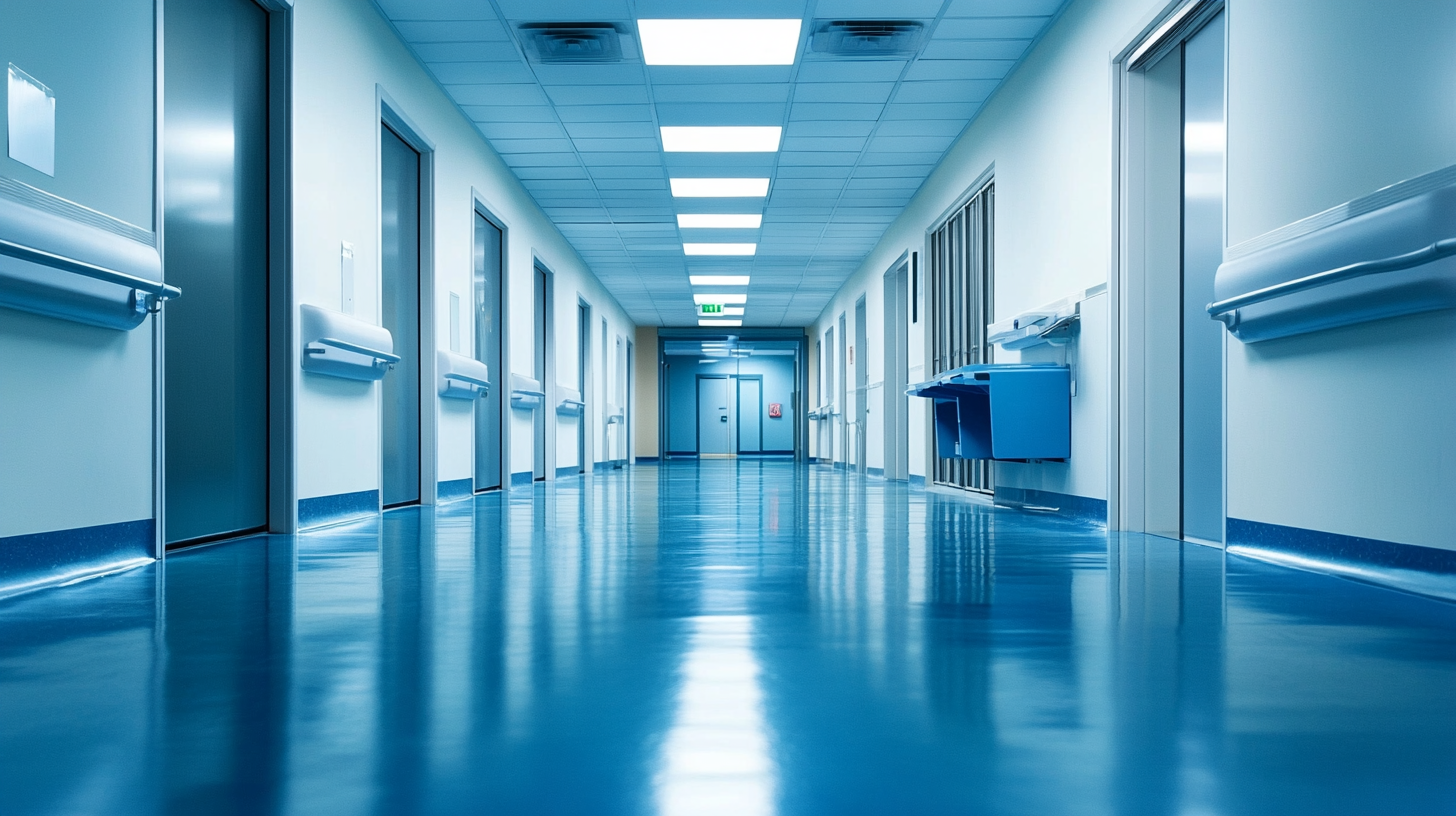
Understanding the Importance of Sliding Doors in Medical Facilities
In modern medical facilities, sliding doors play a pivotal role in enhancing both functionality and patient experience. Their design not only maximizes space utilization but also facilitates smooth and efficient movement of patients, staff, and medical equipment. Unlike traditional swinging doors, sliding doors are particularly advantageous in busy environments, where every second counts and accessibility is paramount.
One of the key benefits of sliding doors is their ability to maintain a sterile and safe environment. In areas such as operating rooms and intensive care units, sliding doors can be outfitted with automatic sensors, eliminating the need for physical contact. This reduces the risk of cross-contamination and aligns with stringent health regulations. Furthermore, the quiet operation of these doors contributes to a calm atmosphere, which can be crucial for patient recovery and overall satisfaction.
Another important consideration is the aesthetic and psychological impact of sliding doors. Facilities can select from a variety of designs and materials to match their overall theme, creating an inviting and professional atmosphere. The transparency of glass sliding doors can also instill confidence in patients and their families, offering a glimpse into the medical processes while ensuring privacy. Therefore, when choosing sliding doors for a medical facility, it’s essential to prioritize not only their functional benefits but also their contribution to a healing environment.
Key Insights on Medical Sliding Doors
Key Features to Look for in Medical Sliding Doors
When selecting the best medical sliding doors for healthcare facilities, it’s essential to focus on key features that enhance both functionality and patient experience. One important aspect is the integration of biophilic design principles, which prioritize natural elements and promote a calming atmosphere, especially in therapeutic environments. This approach not only aids in healing but also creates a welcoming space for patients and their families, making sliding doors that incorporate glass panels or natural materials an ideal choice.
In addition to aesthetic considerations, practicality plays a crucial role. Automatic door control systems are becoming increasingly vital, with the market projected to reach USD 32.2 billion by 2035. These systems enhance accessibility and efficiency, ensuring a seamless flow of patients and staff in busy medical settings. Features such as motion sensors and customizable opening speeds not only improve safety but also minimize contact, crucial in maintaining hygiene standards in healthcare environments.
Compatibility with existing facility designs is also worth noting. Medical sliding doors should fit seamlessly with the overall layout of the space, enabling easy integration while maintaining a cohesive design. Choosing the right features in medical sliding doors will ultimately ensure that facilities can provide a safe, efficient, and welcoming environment for all who enter.
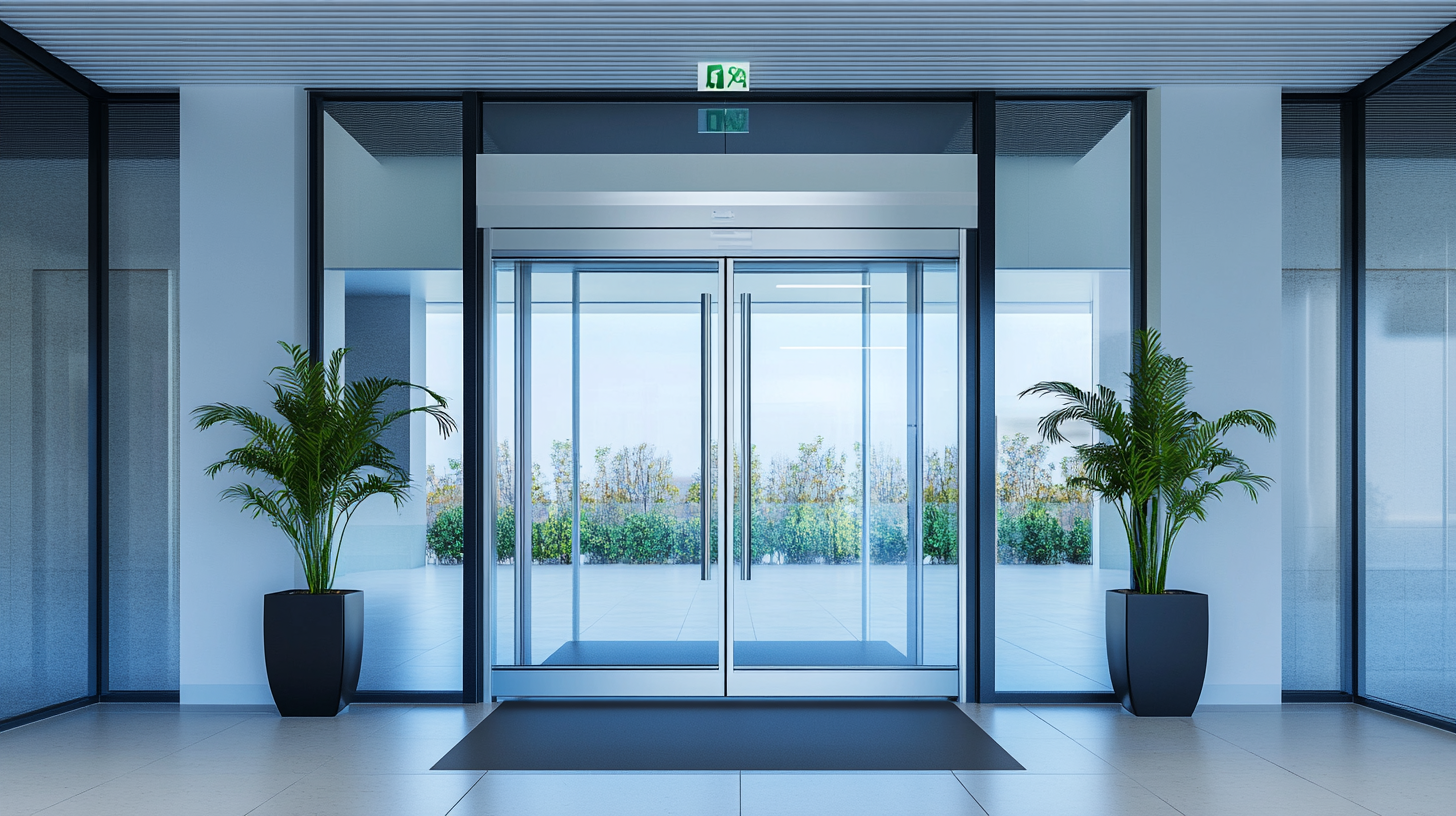
How to Assess the Safety Standards of Medical Sliding Doors
When selecting medical sliding doors for your facility, assessing safety standards should be a top priority. These doors not only facilitate the smooth flow of foot traffic in high-pressure environments, but they also play a crucial role in ensuring the safety of patients and staff. One of the first considerations is compliance with regulations set by health and safety organizations. Familiarizing yourself with local and international standards, such as those from the American National Standards Institute (ANSI) or the National Fire Protection Association (NFPA), can provide a solid foundation for your evaluation.
Another critical aspect is the design and functionality of the doors themselves. Look for features like automatic sensors that prevent door collisions and robust locking mechanisms to enhance security. Additionally, materials used in the construction of sliding doors should be easy to clean and resistant to contaminants, which is essential in medical settings. Ensuring that the doors are designed to withstand high-traffic usage while promoting an efficient workflow can significantly affect a facility’s operation during emergencies or routine care.
Finally, it is essential to consider the maintenance and support options available from the door manufacturer or supplier. Regular inspections and timely repairs are vital for safety and function. A comprehensive service plan can help in maintaining the integrity of the sliding doors, thus contributing to the overall safety of the facility. By prioritizing these aspects, you can make an informed decision that aligns with the safety needs of your medical environment.
Material Choices: Which is Best for Your Healthcare Environment?
When it comes to selecting medical sliding doors for healthcare facilities, one of the most critical considerations is the material from which they are made. The demand for durability, hygiene, and functionality in medical environments makes the choice of material a significant factor. Stainless steel, for instance, is a popular option due to its resistance to corrosion and ability to withstand frequent cleaning. This makes it ideal for busy hospitals and clinics where maintaining a sterile environment is paramount.
Another viable material is aluminum, which offers a lightweight yet strong alternative. Aluminum doors can be finished with various coatings that enhance resistance to scratches and dents, providing an aesthetically pleasing solution without compromising on performance. Additionally, glass sliding doors are gaining traction for their transparency, creating welcoming spaces while allowing natural light to permeate inside. However, it’s crucial to choose tempered glass for safety and durability, particularly in high-traffic areas.
Beyond aesthetics and hygiene, the insulation properties of the materials should also be considered. This is especially important in regions with extreme weather conditions. Choosing materials that provide excellent thermal insulation can help maintain energy efficiency while ensuring comfort for patients and staff alike. Therefore, weighing the benefits of each material against the specific needs of your healthcare facility is essential for making the best decision in your selection process.
7 Key Insights to Choosing the Best Medical Sliding Doors for Your Facility
| Material | Durability | Maintenance | Hygiene | Aesthetics | Cost |
|---|---|---|---|---|---|
| Stainless Steel | High | Low | Excellent | Modern | High |
| Aluminum | Moderate | Medium | Good | Sleek | Medium |
| Glass | Moderate | High | Excellent | Elegant | High |
| Plastic | Low | High | Good | Basic | Low |
| Wood | Moderate | Medium | Fair | Natural | Medium |
Evaluating Cost vs. Quality in Medical Sliding Door Options
When it comes to choosing medical sliding doors for your facility, the decision-making process often requires a careful balance between cost and quality. In the healthcare environment, particularly in behavioral health settings where accessibility and patient comfort are paramount, the right sliding doors can significantly influence both functionality and safety. Evaluating the long-term benefits of investing in high-quality materials and systems can ultimately lead to enhanced patient care and operational efficiency.
While budget constraints are a common concern, compromising on the quality of sliding doors can have detrimental effects on the overall environment of care. Durable and reliable doors not only facilitate smoother patient flow but also ensure compliance with safety standards, which is critical in a healthcare setting. The initial investment in quality doors may seem high, but when considering maintenance costs, replacement frequency, and potential impact on patient experience, the value becomes clearer.
Moreover, as the healthcare industry faces challenges like the affordability of behavioral health care services, investing in top-tier infrastructure can indirectly contribute to creating a more welcoming and efficient environment. This consideration aligns with the ongoing dialogue about making healthcare more accessible, as every element of a facility—from the doors to the waiting areas—can either enhance or hinder patient engagement and comfort. By prioritizing quality in essential components like sliding doors, facilities can not only improve their operations but also reinforce their commitment to providing comprehensive and compassionate care.


